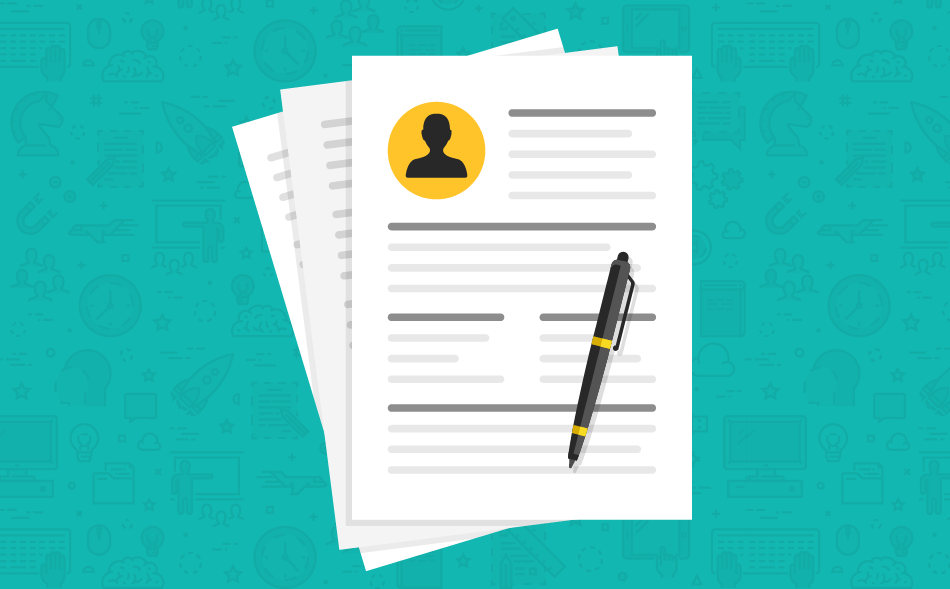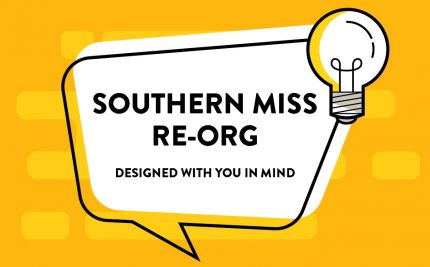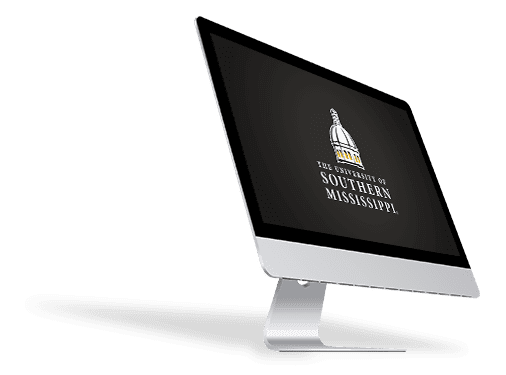It’s time for a new job! Whether that means you’re moving to a better position at your current company or starting a brand new career adventure altogether, a new job means it’s time to update your résumé. Updating your résumé is important to the success of being hired for your new job. Not only do you need to update your accomplishments and highlight increased results, but you also might need to update the style. If you haven’t touched your résumé in 8-10 years, it’s important to know what hiring managers are looking for today.
We’ve teamed up with USM’s Career Services to give you tips on updating your résumé and cover letter to get the hiring manager’s attention.
“A résumé is a marketing document designed to sell your skills and strengths rather than to outline or itemize a work history. “ – Advantage Resourcing
Resume Tips:
Streamline your résumé. The average hiring manager spends less than a minute reading a résumé. It is usually closer to 10-30 seconds. When you stop to think about it, this means you should write primarily based on what the hiring manager is looking for in the posted job description. Even if you have 20 years of experience, choose the experiences that fit closest with what the manager is seeking. When it comes to résumés for private sector jobs, keep your résumé to one page. However, you can use a second page as long as all the information is completely relevant.
Double-check your résumé. Do all the important points jump off the page? If so, you are probably on the right track. Use bullet points throughout and use bolding sparingly. If you have huge blocks of information on your page, it might literally take a minute to read each section. If the hiring manager only has a minute, that could mean the difference between getting an interview or starting your job hunt all over again. Therefore, try to use phrases that begin with action verbs. Note that when each phrase starts with a bullet point, periods are seldom necessary.
Add numbers when possible. Quantify your accomplishments. For example, maybe you trained three incoming employees or you found a way to retain staff by 15%. Numbers like this can make your résumé stand out in a crowd.
When in doubt, remain on the conservative side. Did you choose the first résumé template you found in Word? Is most of the font blue? Imagine an employer receiving 50 résumés in the same style. Keep in mind that the more conservative your job type, the more conservative your résumé should be. Traditional résumés are in black font. Choose a template that allows you to move information around freely to get the look that you want. At 18-20 pt. font, your name should be the largest words on the page.
One final tip. When you upload a résumé, if you have a choice, send it as a PDF. By doing this, you have a higher chance of the reader viewing your résumé in the same format that you intended it to be viewed.
For more résumé tips, please refer to the examples and guidelines in the Career Guide.
Cover Letter Tips:
A cover letter is a professional letter that gives you the opportunity to introduce yourself to a potential employer and to display your achievements. Use your cover letter to explain what makes you stand out as the best candidate for the position.
Do realize that a cover letter is not a chance to repeat your entire resume. Summarize your strengths and let the employer know how your experience relates to the job you are seeking.
Do use the same heading that you used on your résumé. This will provide consistency and help you market yourself to the employer.
Do address the letter to a specific person and include the person’s job title.
Do not forget to include an inside address.
Do not mention experiences that are not found on your résumé.
A cover letter should be one page, and should include at least three paragraphs. In the second paragraph, write about 2-3 of your accomplishments that make you a good fit for the job.
Most people think that writing a cover letter when mailing or emailing a résumé is optional. In most instances, it is not. Knowing this will give you the advantage and make you stand out, in a good way!
Need additional guidance, refer to the cover letter samples in the online Career Guide.
We hope these tips and resources help you land your new job!







Share on Social Media: